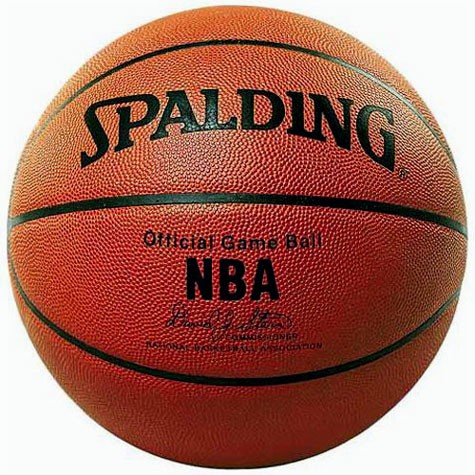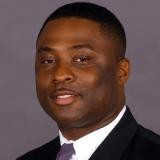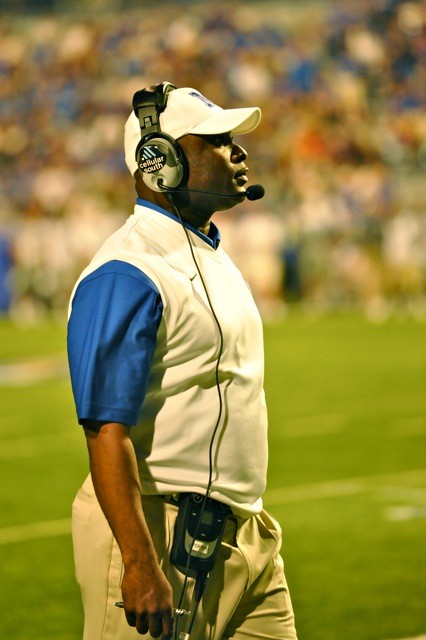If I’ve learned anything in the years I’ve been covering the Grizzlies, it’s to expect big news or big moments when I’m out of town at some internet-free family zone. Hubie Brown’s resignation. Mike Fratello’s firing. Marc Iavaroni’s hire. Rudy Gay’s season-saving, building-rattling game-winner over Lebron James. All occurred when I was trapped at my in-laws’ house in Minnesota.
So it was somewhat of a new twist when the lockout ended while I was at my mother’s house in south-central Arkansas, where the only internet is dial-up so slow as to be not worth using and my phone had died. (Yes, I forgot the charger.)
As everyone now knows, the process is underway to open the NBA season on Christmas day, with the Grizzlies likely opening — at home or on the road — on December 26th. (Which means — add this to the list — I’ll likely be out of town for the home opener. Thanks, NBA!)
The schedule likely won’t be released until the agreement has been finalized, but the NBA has released information on the general make-up of the schedule here. The uneven scheduling means not all of the 29 other NBA teams will be making an appearance at FedExForum this season. You can bet Grizzlies ticket reps are waiting anxiously to see if the team will get home dates with the Bulls, Heat, Knicks, and Celtics.
The early read is that the Grizzlies should be well-positioned to handle not so much the shortened season, but the shortened training camps and compressed schedule. There’s considerable continuity, both on the court and on the sidelines. The team is young, with all rotation plays save Shane Battier (if he returns) under 30. And everything we know suggests most players have been active and focused during the lockout. As long as Marc Gasol is retained — a near certainty — the Grizzlies are poised to make good on their deep playoff run by pushing even further up the Western Conference standings.
And the new financial and competitive structure will hopefully make it easier to keep this core together and maintain a contending team for the next several seasons.
The new collective bargaining agreement is better for the Grizzlies, as a small-market team, than the previous CBA, curtailing overall player salaries and contract lengths while somewhat reducing mechanisms for big-spending teams to add talent. The revenue-sharing component — which is probably more meaningful to the Grizzlies than anything in the CBA — has yet to be fully revealed.
I’ll start getting into detail on how the new agreement could specifically impact the Grizzlies and what to expect in the frenzied ramp-up to the season’s start later this week, once I’m off deadline for this week’s print edition of the Flyer.
In the meantime, if you want to get a sense of what’s in the deal, you can find the full proposal on PDF here. Or you can read good breakdowns from Ken Berger and Tom Ziller.
And here are the position-by-position roster breakdowns I did earlier in the fall, table-setters for what’s to come:



